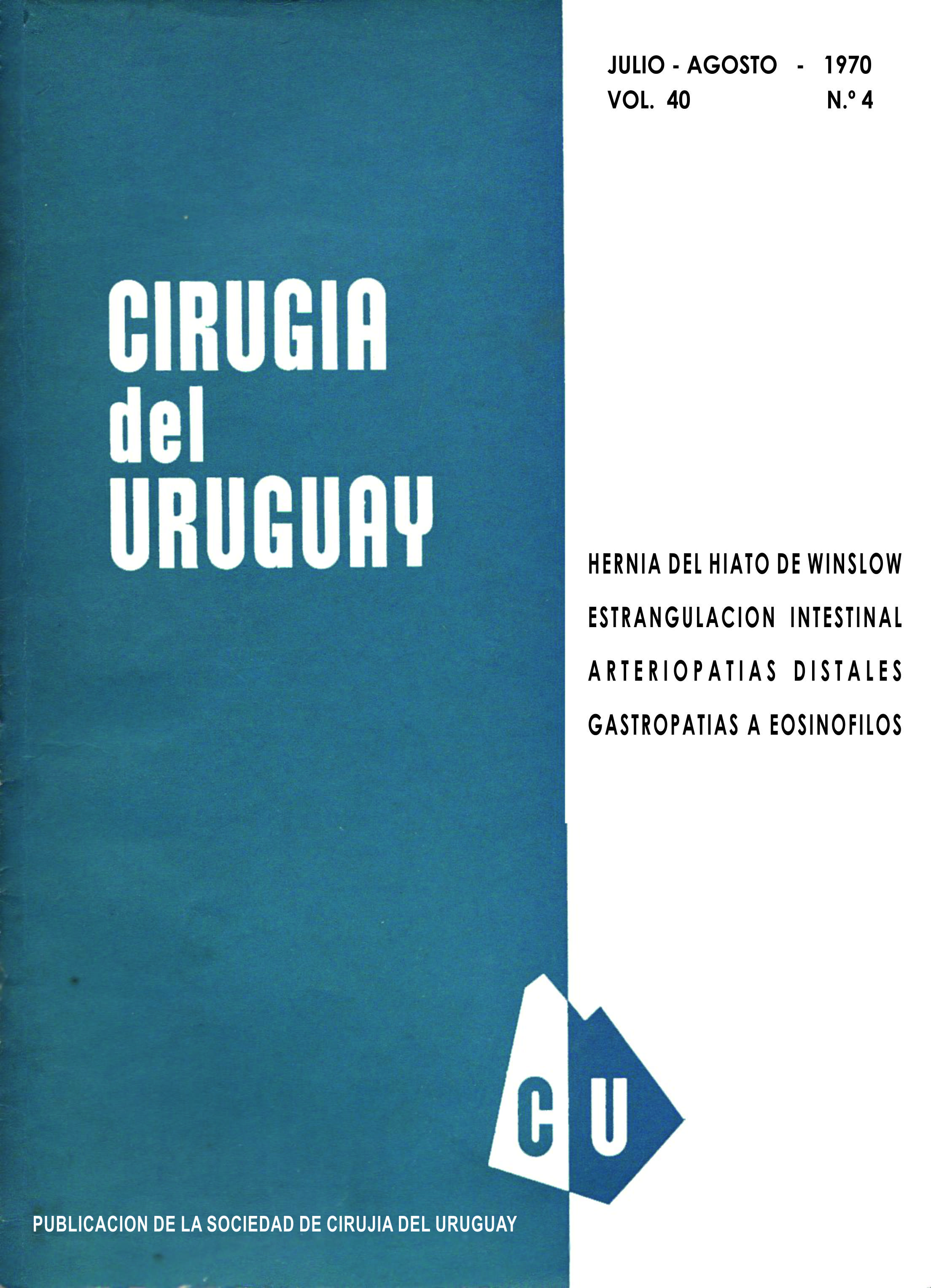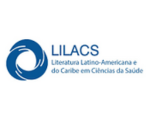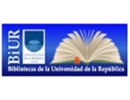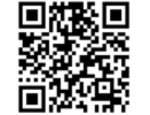Contribution to the study of angiographic semiology of the thyroid
Keywords:
surgery, thyroid, goiter, angiographyAbstract
We have 40 observations made through infraclavicular puncture of the subclavian artery and through a Seldinger catheter and selective technique which is a contribution
of angiographic semiology to the study of the thyroid gland. It is accompanied by a general analysis of the vascular trunks, thyroid pedicles and intraparenchimatose circulation.
Character·stic aspects of difuse goiter are established: an image of well defined uniform opacity, with intense capture of the contrast by the arteriolo-capillarybed.
Nodular goiter, shows a complex radiological morphology: its most frequent signs are irregular impregnation images and vascular tracings which outline displacement
structures. Thyroid atrophy in mixedema is expressed by the small calibre of its pedicles and limited thyroid vascularization. The author concludes that angiography
supplies important data on various aspects: diagnosis of the anatomo-clinical variety of goiter; morphological elements of interest in the planning of surgery; functional
elements deduced by the angiographic profile of the gland; elements which appear in the ,comparison of the angiogram with other exploratory means: gammagram,
histopathology, etc.; exploration of the residual stump and postoperatory recurrency.
Downloads
Metrics
Downloads
Published
How to Cite
Issue
Section
License
All articles, videos and images published in Revista Cirugía del Uruguay are under the Creative Commons CC licenses, which is a complement to the traditional copyright, in the following terms: first, the authorship of the referred document must always be acknowledged and secondly none of the article or work published in the journal may have commercial purposes of any nature. The authors retain their copyrights and give the magazine the right of first publication of their work, which will be simultaneously subject to the Creative Commons Attribution-NonCommercial 4.0 International License license that allows the work to be shared whenever the initial publication is indicated in this journal.


























